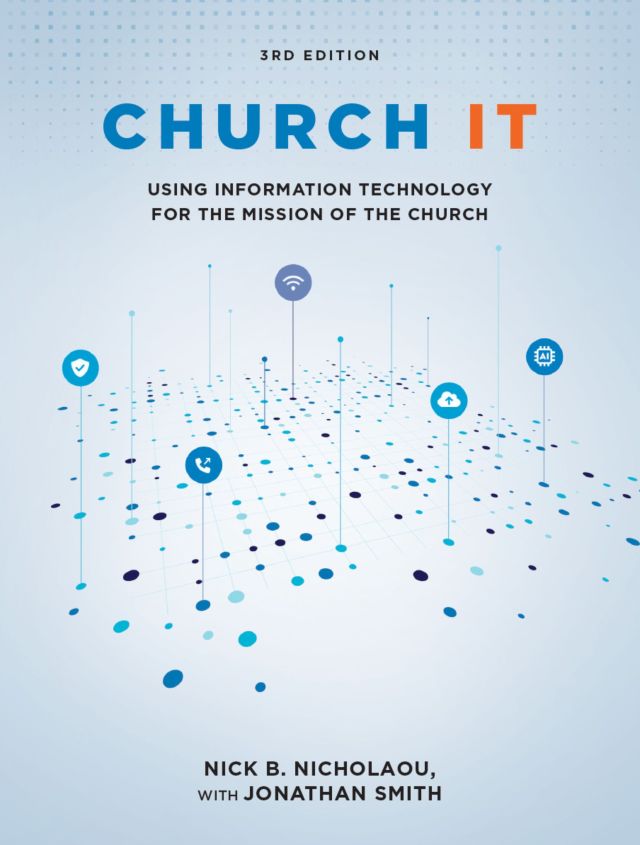• The Ohio Supreme Court recently addressed the issue of clergy malpractice. Here are the facts. A husband and wife who had been experiencing marital problems went to a Lutheran minister for counseling. They selected him because “he held himself out to the public … as a minister and counselor trained and able to provide counseling for marital difficulties.” During the final three or four weeks of counseling, the minister allegedly engaged in consensual sexual relations with the wife. These relations, and the counseling, ended when the husband learned of the affair. The husband, who was later divorced from his wife, sued both the minister and his church. The suit against the minister alleged “clergy malpractice,” breach of fiduciary duty, fraud, misrepresentation, nondisclosure, and intentional infliction of emotional distress. The suit against the church alleged liability based on negligent supervision and negligent training of the minister. The husband alleged that the minister’s actions resulted in his divorce and caused him to suffer “mental and emotional anguish, shock, nervousness, and depression.” A trial court dismissed both suits, and a state appeals court ruled that the husband could sue the minister for intentional infliction of emotional distress (it dismissed all of the other allegations). The case was then appealed to the state supreme court, which dismissed all of the husband’s charges against both the minister and church. The supreme court began its decision by acknowledging that clergy are not immune from legal liability for their actions. It observed that “religious leaders have been held liable for obtaining gifts and donations of money by fraud; for undue influence in the transfer of property; for the kidnapping of a minor; for unlawful imprisonment; and for homosexual assault.” The first amendment guaranty of religious freedom did not prevent liability in these cases, and did not protect the minister in the present case, since “we find it difficult to conceive of pastoral fornication with a parishioner or communicant as a legitimate religious belief or practice in any faith.” The court then proceeded to reach the following conclusions: (1) the minister was not guilty of clergy malpractice since malpractice implies negligent conduct and the minister’s actions were intentional in nature; (2) the allegation of intentional infliction of emotional distress failed since this allegation “in truth and effect asserts an action for … alienation of affections” (i.e., enticing a spouse to lose his or her affections for the other spouse)—and such a tort was abolished by the Ohio legislature in 1978; and (3) the allegations of breach of fiduciary duty, fraud, misrepresentation, and nondisclosure were similarly rejected, since they all sought damages based on the minister’s seduction of the wife, and as such were barred by the state law prohibiting lawsuits based on “alienation of affections”. The court also concluded that the church was not liable: “[A]n underlying requirement in actions for negligent supervision and negligent training is that the employee is individually … guilty of a claimed wrong against the employer. Because no action can be maintained against [the minister] in the instant case, it is obvious that any imputed actions against the church are also untenable.” The court emphasized that it found the alleged conduct on the part of the minister to be “reprehensible,” but concluded that there was no basis for relief available to the husband. A dissenting judge expressed outrage at the result reached by the court, and observed: “[The husband] and his wife sought counseling from [the minister] in order to overcome their marital problems. Not only was [the minister] aware that such problems existed, but he was consulted for those very problems. Armed with this knowledge and cognizant of the great emotional strain and vulnerability experienced by his clients at that time, it is alleged that [the minister] sought not to remedy the situation but rather to exploit his position in order to obtain sexual gratification. Given [his] knowledge and experience, there exists a jury question as to whether he intentionally sought to inflict emotional harm upon [the husband].” Stock v. Pressnell, 527 N.E.2d 1235 (Ohio 1988).
© Copyright 1989, 1998 by Church Law & Tax Report. All rights reserved. This publication is designed to provide accurate and authoritative information in regard to the subject matter covered. It is provided with the understanding that the publisher is not engaged in rendering legal, accounting, or other professional service. If legal advice or other expert assistance is required, the services of a competent professional person should be sought. Church Law & Tax Report, PO Box 1098, Matthews, NC 28106. Reference Code: m30 m67 m37 c0189




